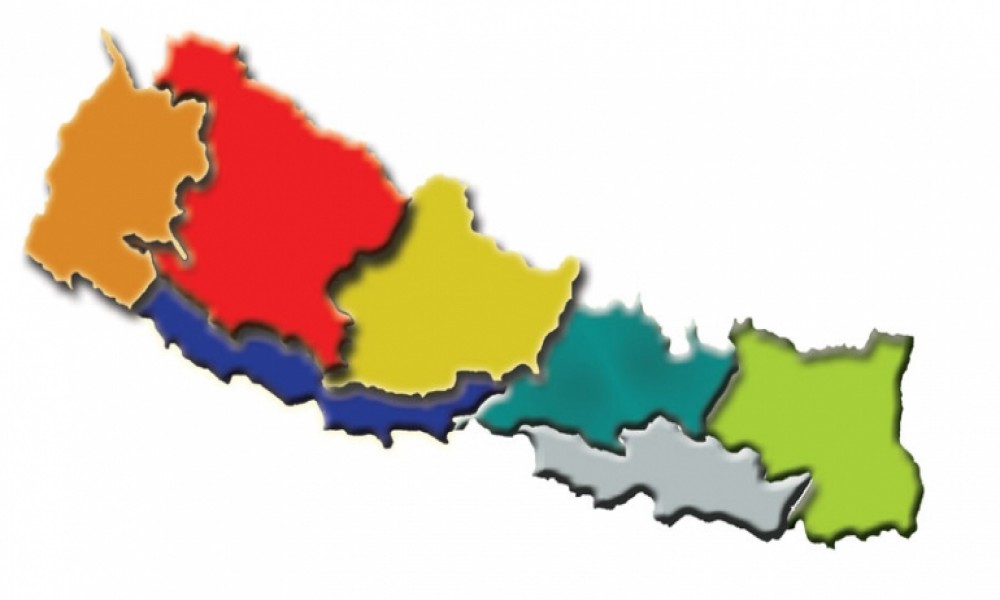Gambhir Bahadur
Commentary
The day Nepal's new constitution has been promulgated will be remembered by Adivasi Janjatis as a Black Day
As President Ram Baran Yadav declared promulgation of Nepal's new constitution from inside the Constituent Assembly hall on Sunday evening, two major thoroughfares of Dharan, an eastern city densely populated by Adivasi Janajatis, witnessed two different types of crowd.
In Chhata Chowk, cadres and sympathizers of the NC, the UML and the Maoists, which have backed the new constitution, drew Nepal's map in the middle of road, decorated it with different hues of color and flower and lit lamps to celebrate it.
Barely 500 meters down in Bhanu Chowk, Adivasi Janajatis shouted slogans and vowed to not accept the new constitution. They declared 20 September as a Black Day, and they promised to remember it as a day when the dominant
How people were divided and how they differently reacted to the new constitution in Dharan is a true picture of the post-statute scenario. The new constitution was meant to consolidate unity and harmony among different castes and ethnic tribes, but it created further divisions and polarized the Nepali society like never before.
We were desperate for the new constitution because we believed it would be an important instrument to ensure social justice, contribute to national building and create an inclusive society by mainstreaming the historically oppressed Adivasi Janajatis, Dalits, Madhesis, Muslims, women and other minority groups.
Is this what we were expecting this day? Definitely not.
We were desperate for the new constitution because we believed it would be an important instrument to ensure social justice, contribute to national building and create an inclusive society by mainstreaming the historically oppressed Adivasi Janajatis, Dalits, Madhesis, Muslims, women and other minority groups.
Hours before the new constitution was promulgated, a Madhesi youth, Shatrughan Patel, bled to death in Birganj on Sunday. He was shot dead by policemen who have been enforcing hours-long curfew to keep the people locked inside their houses. What was Patel's crime? He was just demanding autonomy and more devolution of power.
Patel is not only person who died while protesting the new constitution? Violence over the new constitution has claimed more than 40 human lives so far. The new constitution is stained with blood of Madhesi and other marginalized people. How can a constitution written with blood of people bring about peace and prosperity in Nepal? So 20 September is nothing but a black day; it is the day the hubris of a bunch of Bahun and Chhetri leaders seemingly triumphed.
Nepal's Indigenous Peoples have shed blood, sweat and tears for the new constitution.
But this triumph is not permanent. It will be short-lived. A constitution that leaves out a significant portion of population will not last.
Nepal's Indigenous Peoples have shed blood, sweat and tears for the new constitution. The Maoists emerged as a formidable political force because they were backed by Indigenous Peoples. But the Maoists also betrayed them by siding with the NC and the UML.
This is why the Tharus have rejected the constitution in the western plains, Adivasi Janajatis have burnt it in the east and the Madhes is simmering with tension against it. If the constitution is meant for all sections of the society, it is not a constitution. It is a bogus document drafted by leaders belonging to the dominant class that has always ruled and exploited Nepal.









